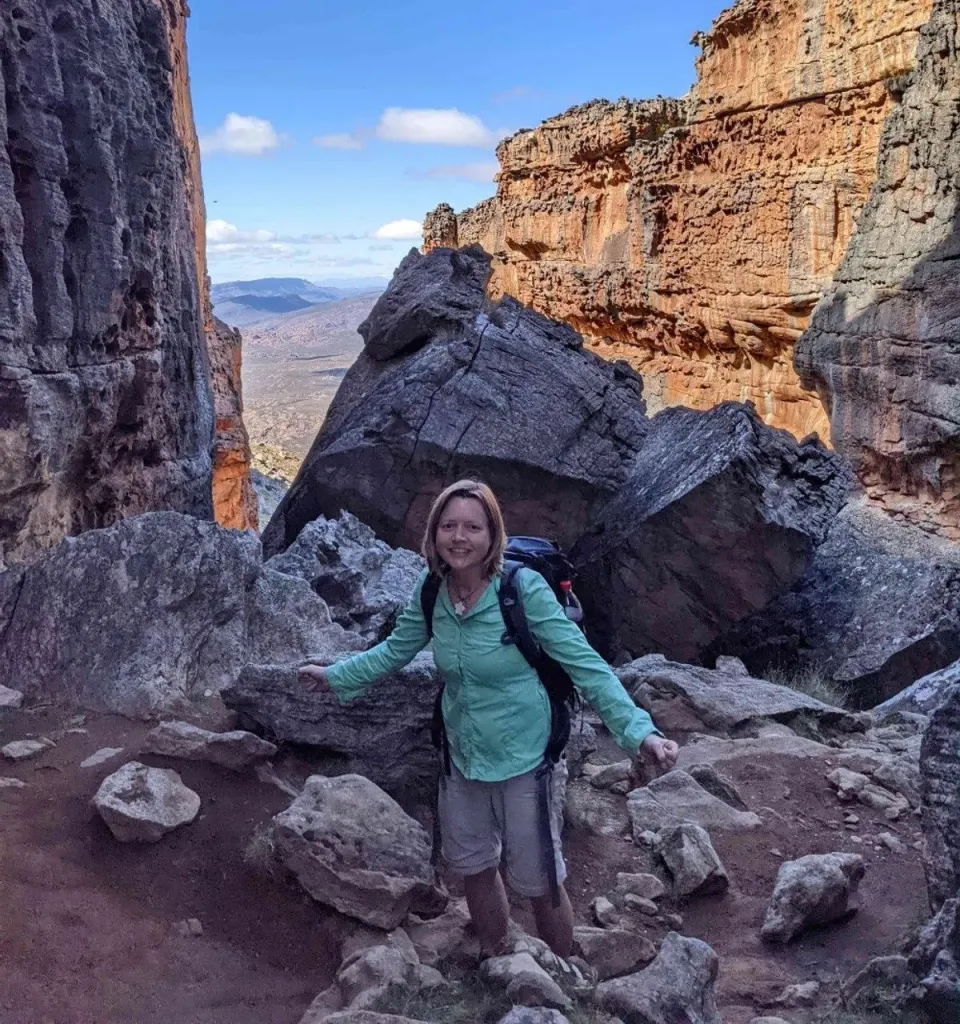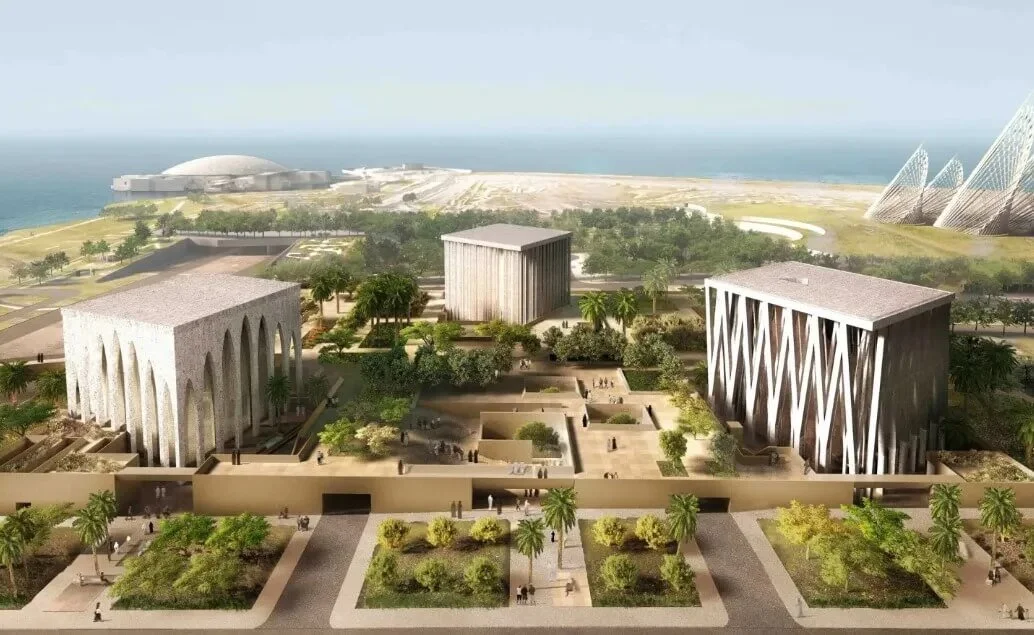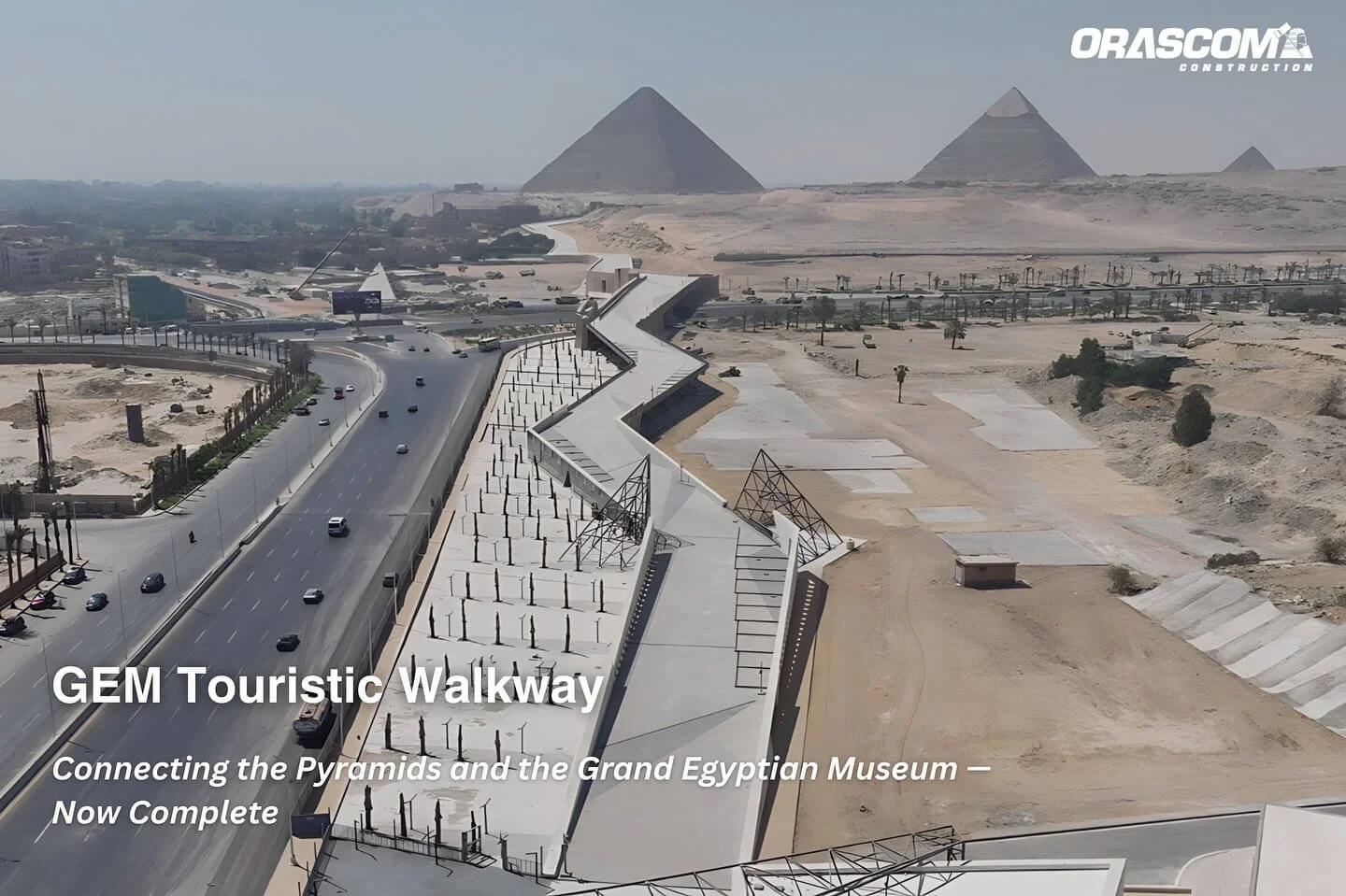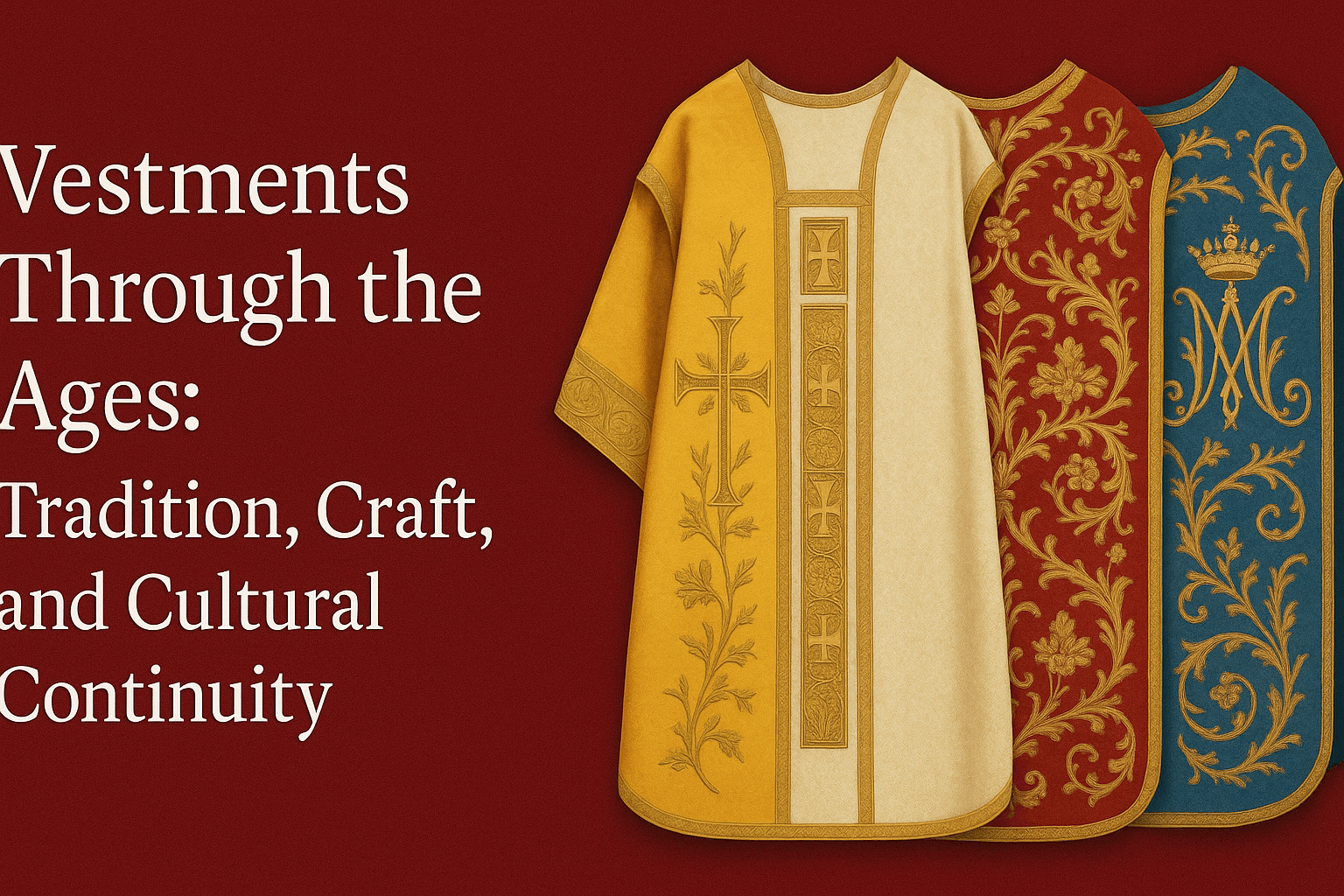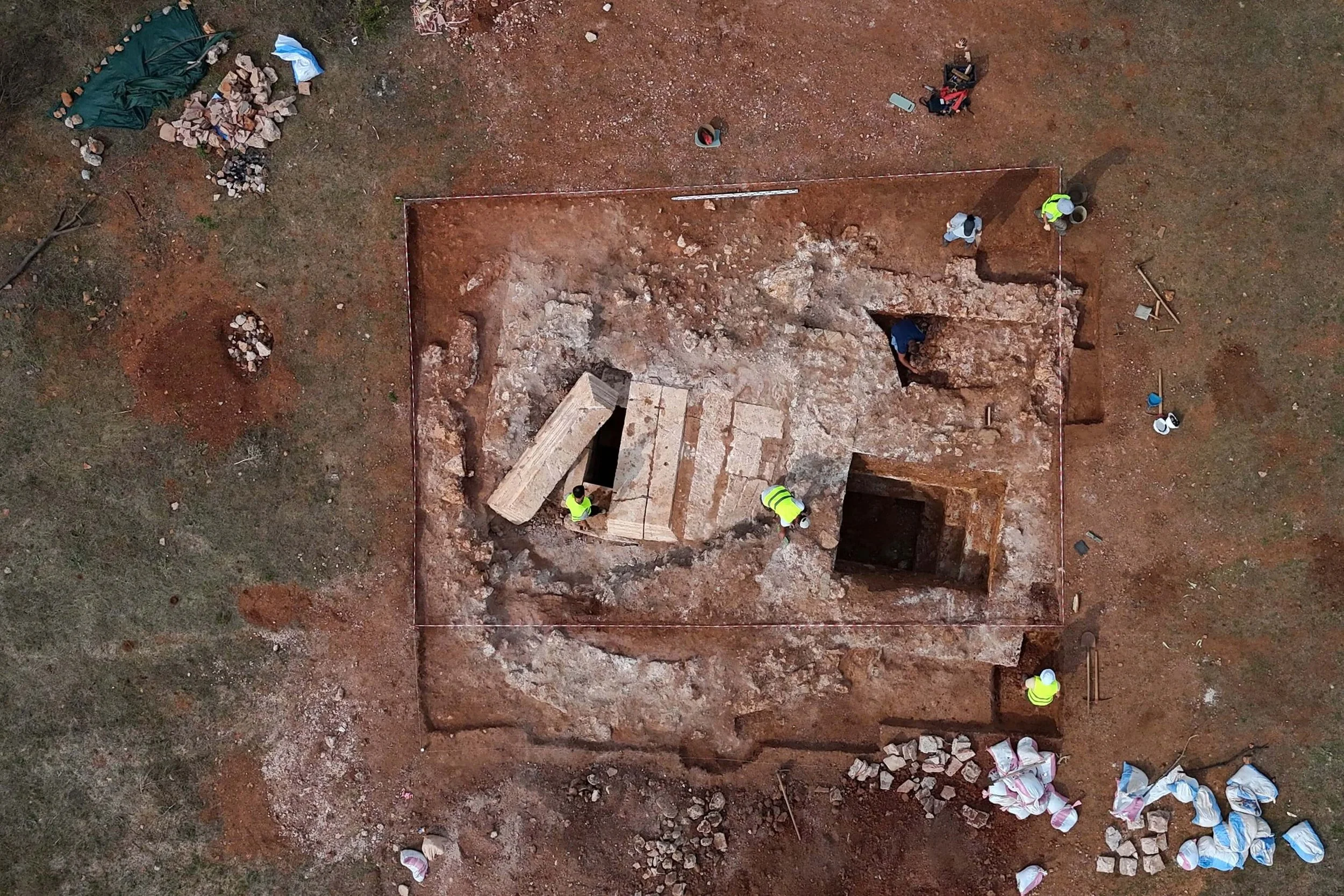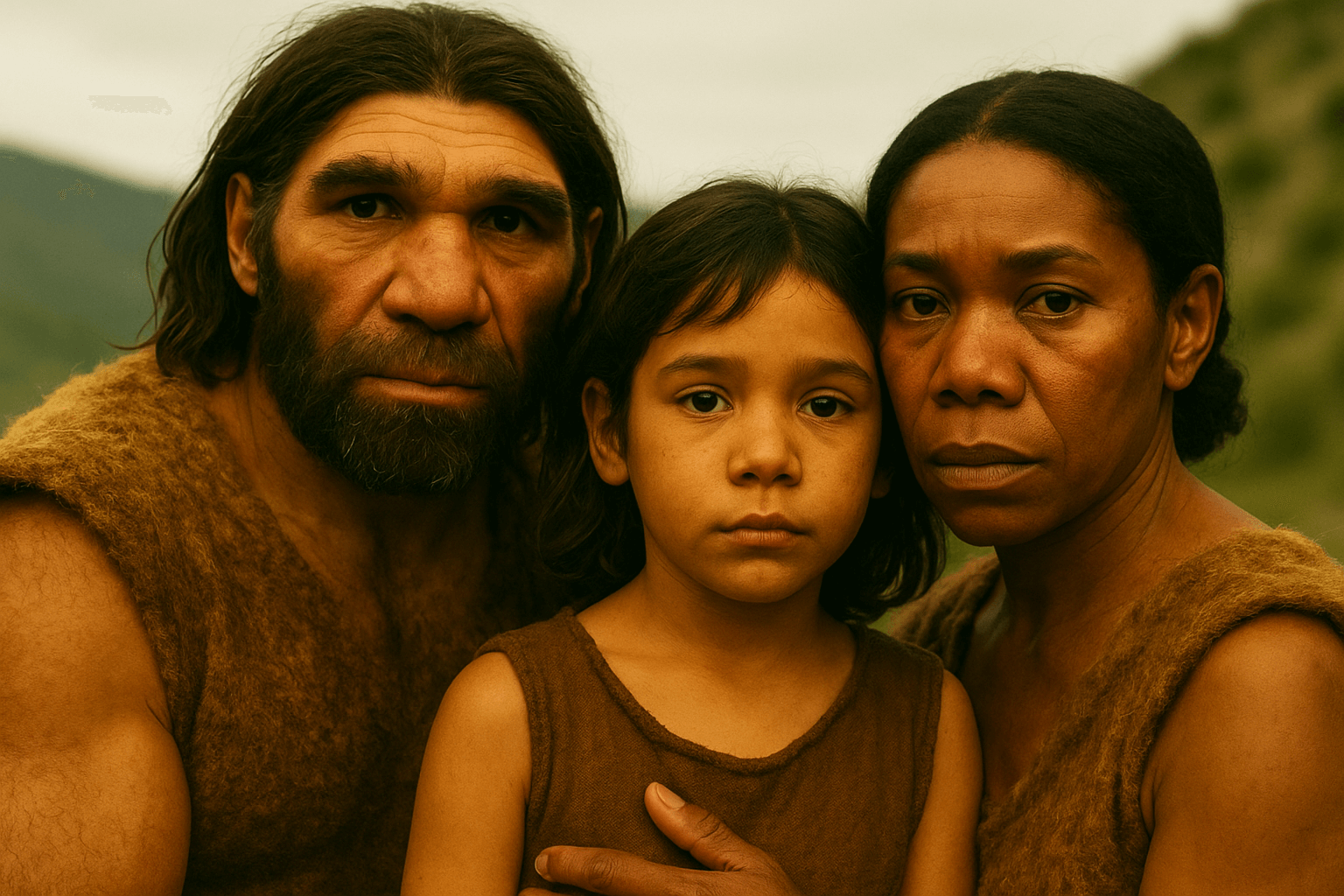AI Unlocks the Secrets of the Nazca Lines, Revealing 303 New Geoglyphs in Just Six Months—and Reshaping the Future of Archaeology
For over a century, the mysterious Nazca Lines in Peru have puzzled archaeologists. These vast geoglyphs—crafted by the Nazca people between 200 BCE and 650 CE—stretch across the desert, forming intricate images of animals, plants, and tools. Many are so large and precise, they can only be fully appreciated from the air, and their purpose has long remained elusive.
Now, thanks to a groundbreaking collaboration between archaeologists and artificial intelligence, researchers have identified 303 previously unknown geoglyphs in just six months—effectively doubling the number of known figures. As reported by Science Focus, this remarkable achievement marks a major leap forward in solving one of archaeology’s most enduring enigmas.
The Power of AI in Archaeological Discovery
The project brought together researchers from the Nazca Institute at Yamagata University in Peru—led by Professor Masato Sakai—and IBM scientists. Their mission: to train AI systems to analyze vast aerial images and detect geoglyphs that had remained hidden to the human eye.
This AI-assisted approach drastically accelerated the process. As Sakai explains, “The ability to carry out this research in such a short time was only possible thanks to artificial intelligence.”
But the implications go far beyond the Nazca desert. AI is not only helping archaeologists find more geoglyphs—it’s transforming how ancient cultures are studied. By processing massive sets of aerial photographs, AI can detect patterns that humans might miss, offering a faster, more precise method of mapping and interpreting historical sites.
This success in Nazca is just the beginning. The same technology is already being applied to burial mounds, shipwrecks, and other archaeological locations around the globe.
Revolutionizing the Study of Ancient Civilizations
The Nazca Lines are among the first archaeological sites where AI has made such a significant impact. These figures—created by scraping away the top layer of soil to expose lighter-colored sediment beneath—demonstrate the Nazca people’s sophisticated understanding of geometry and spatial design.
German mathematician and astronomer Maria Reiche spent decades studying the lines, marveling at their near-perfect proportions. Now, artificial intelligence is helping uncover even more of these figures, offering new insights into their meaning and purpose.
Traditionally, archaeologists relied on manual surveys, ground photography, and mapping to study ancient sites. But as Dr. João Fonte of ERA Arqueologia notes, “Archaeology is now at the forefront of innovation” thanks to its adoption of digital tools.
In addition to AI, technologies like photogrammetry and remote sensing are enabling researchers to explore large areas more efficiently and with greater accuracy.
Shedding Light on Sacred Rituals
One of the most fascinating aspects of this AI-led discovery is the growing understanding of why the Nazca people created these figures. Sakai’s team suggests that many of the newly identified geoglyphs were part of ritual walkways—paths along which individuals would move in ceremonial processions to connect with the landscape and communicate with the divine.
The AI’s ability to locate and contextualize these figures supports the idea that the Nazca Lines were not just artistic expressions, but deeply symbolic and spiritual landmarks.
By analyzing the layout and distribution of the geoglyphs, researchers are also uncovering evidence of the Nazca culture’s advanced knowledge of spatial planning and possibly astronomy—clues that deepen our understanding of their connection to the land and cosmos.
AI and the Future of Archaeology
While its role in the Nazca project is already groundbreaking, artificial intelligence holds even greater potential for the future of archaeology. Dr. Alexandra Karamitrou, an AI and archaeology expert at the University of Southampton, is developing tools that could help locate a broader range of historical sites.
Her work shows that AI can do more than detect visible patterns like geoglyphs—it can also interpret complex relationships between ancient sites and environmental factors, such as proximity to water or elevation.
Beyond ancient art, AI has already proven useful in other fields of archaeological research. In 2023, researchers in the United Arab Emirates used AI to analyze satellite data from Saruq Al Hadid, a major copper-smelting center dating to 1270–800 BCE. The system revealed artifact distribution patterns and helped prioritize excavation zones.
AI also has the potential to aid in studying submerged shipwrecks, buried cities, and even tracking the impact of climate change on ancient settlements.
Challenges and Cautions
Despite its promise, AI is not infallible. Sakai’s team had to manually verify the AI’s predictions—reviewing dozens of candidate locations for each newly suggested geoglyph. “AI is not perfect, especially in archaeology,” notes Dr. Karamitrou. “But within a few years, we may have algorithms with impressive accuracy—saving researchers time, energy, and resources.”
As AI technology advances, its precision will continue to improve, allowing archaeologists to explore more ground with fewer resources. Automating the identification of archaeological features could dramatically accelerate research, unlocking secrets of ancient civilizations that have been buried for centuries.
While we still rely on human expertise to interpret and verify discoveries, artificial intelligence is proving to be a powerful ally—pushing the boundaries of what’s possible in archaeology and helping us see the past with fresh eyes.
























